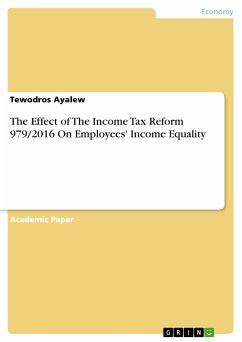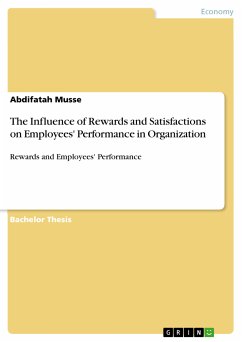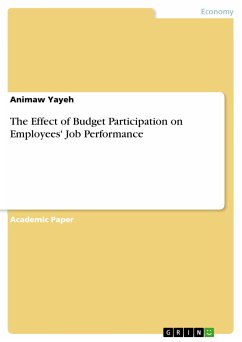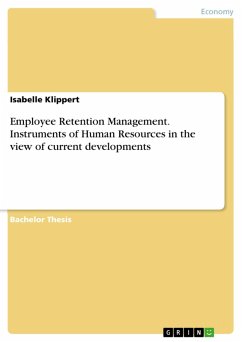Academic Paper from the year 2019 in the subject Business economics - Accounting and Taxes, grade: 79, Addis Ababa University, course: MBA in Accounting and Finance, language: English, abstract: This research investigates the effect of the new income tax Proclamation 979/2016 on the employee's disposable income, tax liability and the income inequalities among the high and low income earning groups of employees. For this, the quantitative research method is used and secondary payroll data is collected through the survey by using email and hard copy. The data is analyzed using the summary of descriptive statistics and paired sample means t-Test. Besides this, Gini-coefficient analytical tool is also used to measure the income inequalities among 1120 employees. The payroll data is gathered from 8 different public and private companies in Addis Ababa. The sample is selected by applying purposive sampling techniques and the sample size is determined using a statistical formula for an unknown population. The result shows that the tax reform brings a 9% increases on a disposable income and 30% decreases on the income tax liability of employees under this investigation. But on the contrary, the new tax reform doesn't play its role in reducing the income inequality among different income earning groups of employees rather it shows 0.4% marginal increases in income inequalities. This is because of reform gives higher disposable income for the top 20% income earning groups than the lower one. Furthermore, the study evidences the existence of high-income inequality among employees which is 0.41 Gini coefficient. It is slightly higher than the national Gini coefficient it is because of the size and scope of the study. Finally, the research indicates that 73% of the income tax revenue has paid by the top 20% income earning groups. So, it is advisable for policymakers to improve the minimum taxable income from birr 601 to birr1500 to reduce the income inequality by minimizing the tax burden of lower income earning groups.
Dieser Download kann aus rechtlichen Gründen nur mit Rechnungsadresse in A, B, BG, CY, CZ, D, DK, EW, E, FIN, F, GR, HR, H, IRL, I, LT, L, LR, M, NL, PL, P, R, S, SLO, SK ausgeliefert werden.









